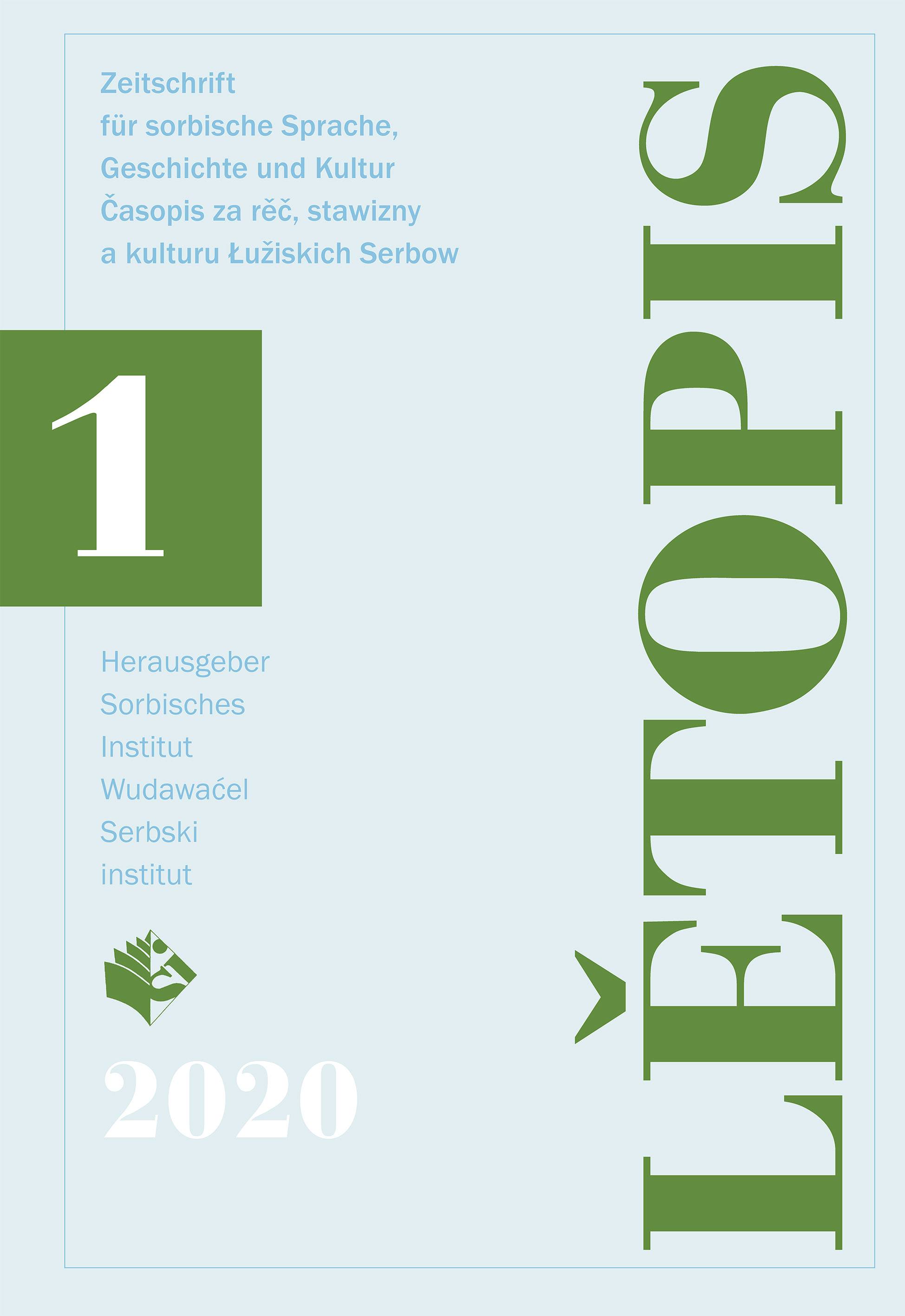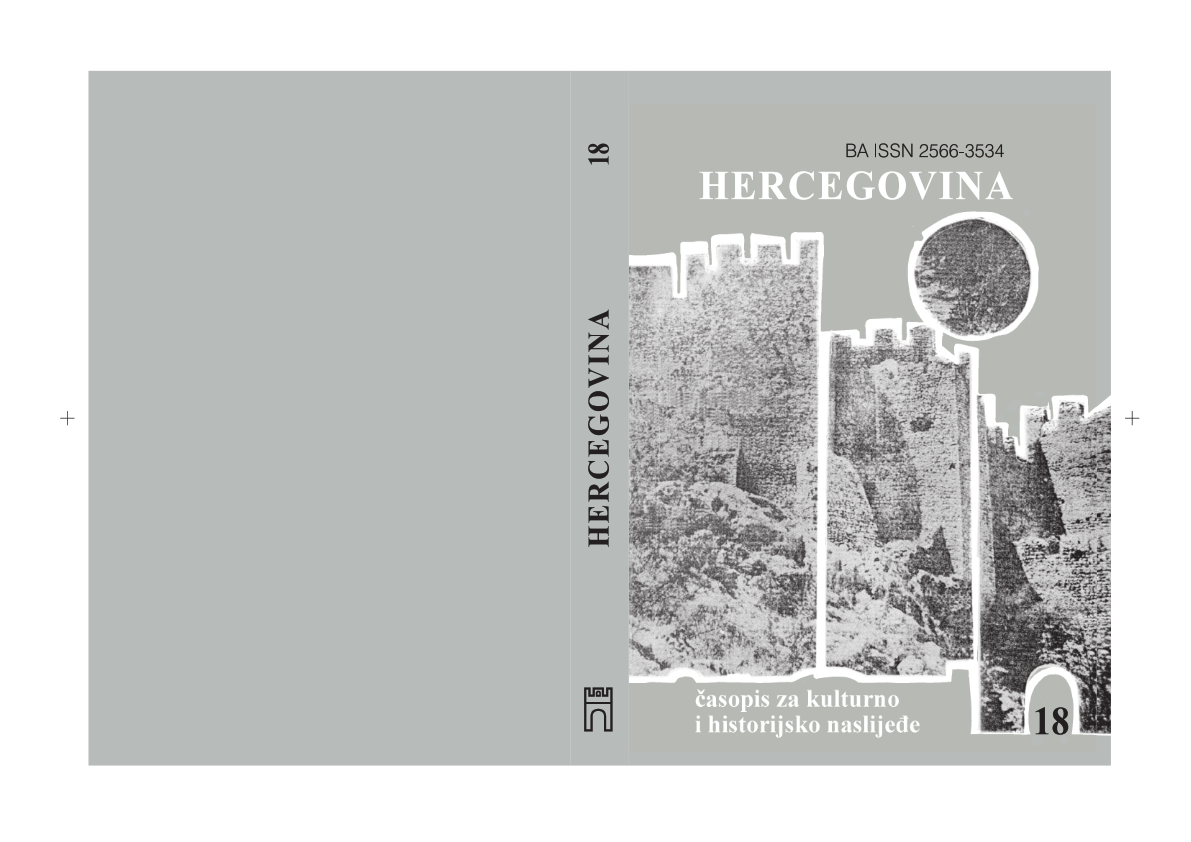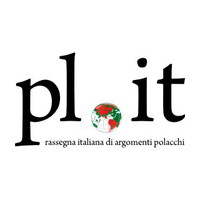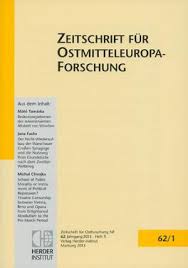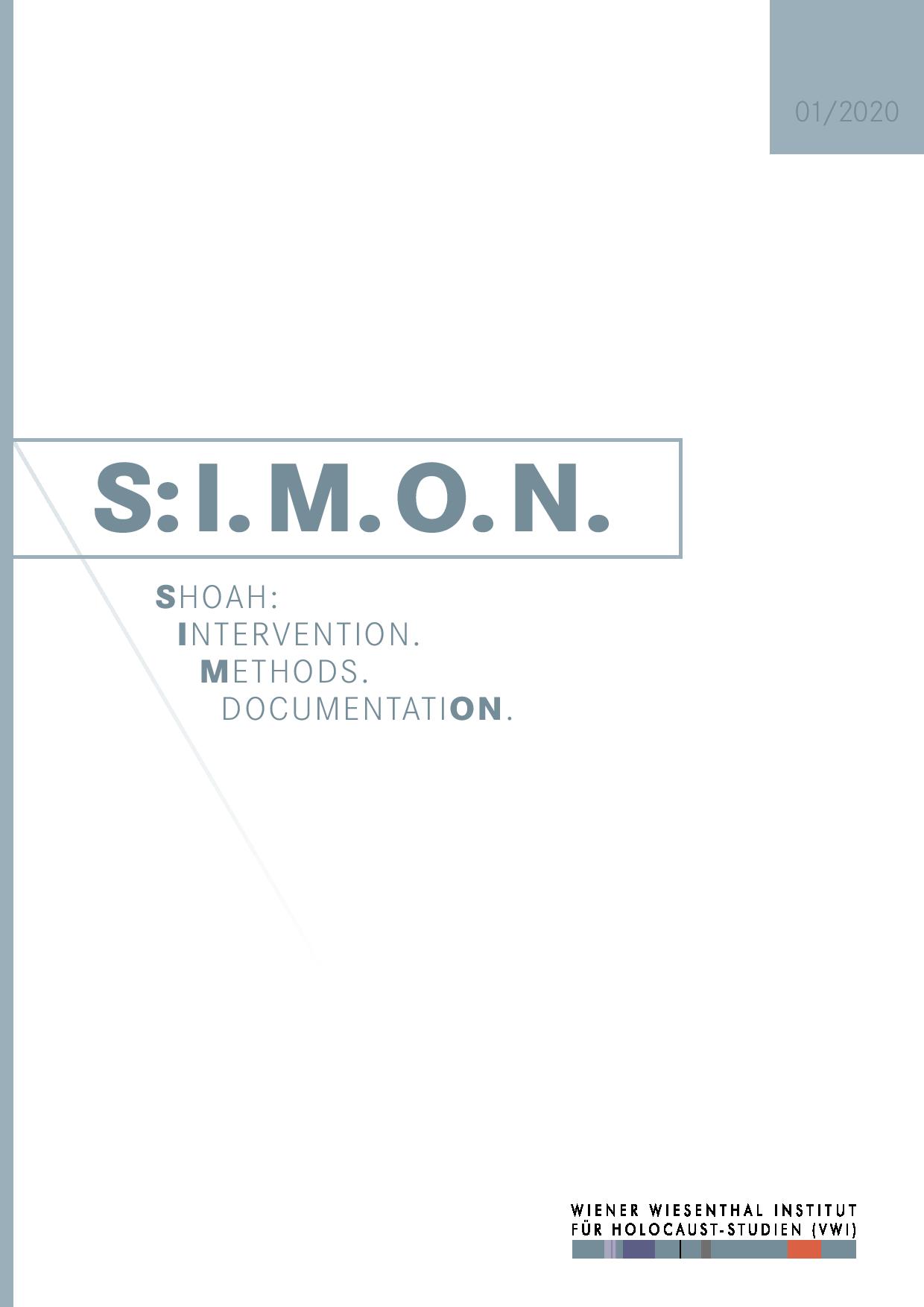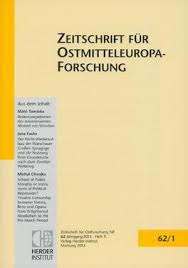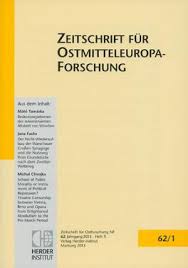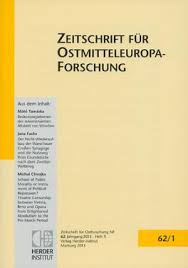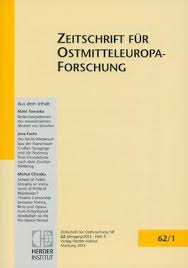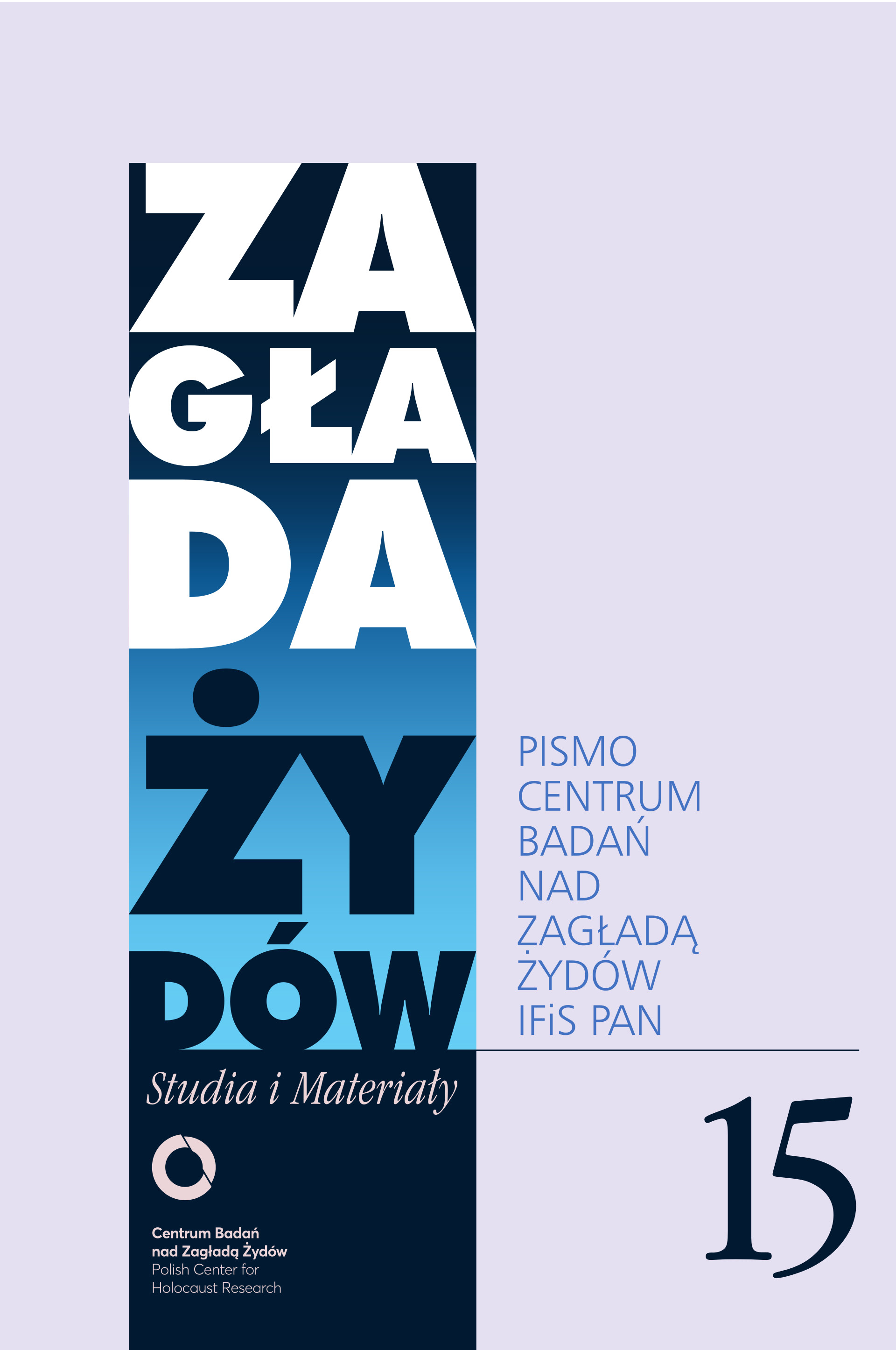
Erntefest – od etymologii do zastosowania
The text is a preliminary discussion about the Holocaust semantic neologisms and it is based on reflections on the Nazi codename for Aktion Erntefest (3–4 November 1943). These reflections have a few different dimensions: a linguistic one (etymology, the metaphor, references to the LTI), a comparative one (the Polish and German perspective), and also a contextually historical and anthropological one (the category of festivity and celebration). According to the author, rooted in the very codename was an instruction manual, the genocidal practice.
More...
